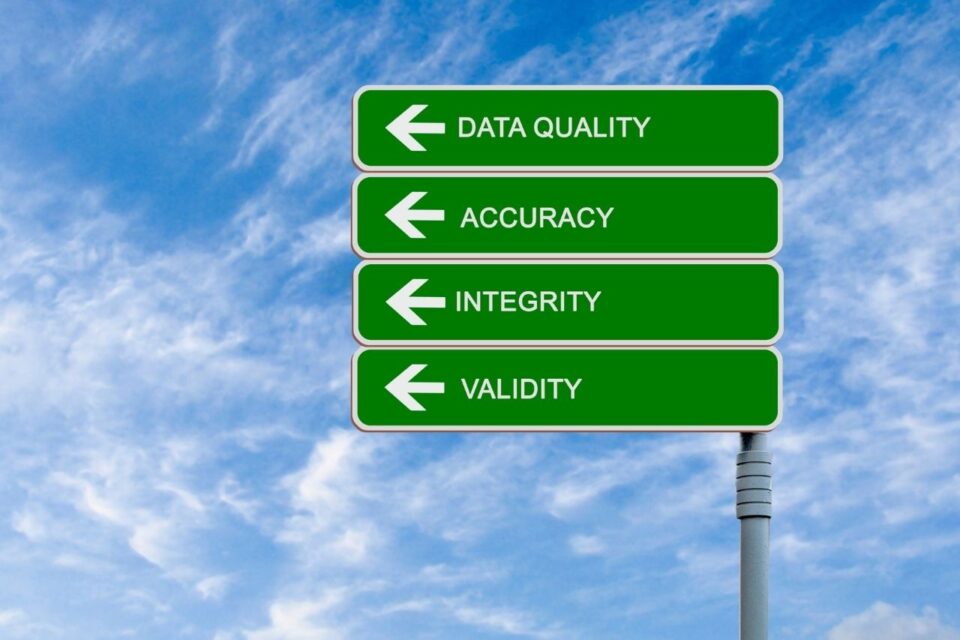
What is revenue integrity in healthcare?
March 3, 2021
Basics of RCM in Medical Billing
March 22, 2021Whenever someone talks about healthcare, the first thing that pops up in most people’s minds is can you afford it?
Do you have insurance to cover all the facilities and hospital bills? Keeping all these concerns in mind, uncompensated healthcare has become a huge problem in the health sector today.
So, how can the healthcare sector work on this problem to make it any better? A simple answer is through providing an easy way of financial clearance.
What does it mean by financial clearance in healthcare?
To make you understand what financial clearance in healthcare means is by determining the patient’s ability to clear their hospital bills and dues. It is a process that is designed to help both the patient and the healthcare facilities that they are utilizing in order to give them a smooth patient-health experience, as well as help in the productivity of the hospital staff.
Why is there a need for flexibility in financial clearance?
For an average American, despite many of them actually opting out to pay for their medical bills themselves due to high-deductible healthcare plans, paying for healthcare is a luxury that they still cannot completely afford on their own.
Around 44% of the average adult population in the US does not have an amount saved that they can use for a medical emergency. According to the Affordable Care Act (ACA), an average American patient has at least 12.2% of the medical bill still unpaid after the rest being covered by their medical insurance.
Another reason for showing flexibility in financial clearance is due to the growing pressure that these patients face and then the hospitals also suffer because of unpaid dues. When there is a more flexible way of having a conversation about financial clearance, the providers are then given a chance to actually examine what payment method will work best for the patient, without making them vulnerable after the treatment.
How does it actually work in healthcare?
To make sure that the providers are examining the patient’s ability to clear their medical dues, the financial clearance method uses two components.
They are as follows:
- Verifying the patients identity
The patient’s identity can be verified through various sources such as:
- Credit card information
- Non-credit data
- Address information
After collecting all of the above information, along with some other background check, if the provider finds out that the information provided to them by the patient is incorrect or does not match, the patient can be denied claim. This affects the overall revenue cycle.
- Ability to pay through scoring test
The next step is to actually access the patient’s ability to clear the bills. Their ability to pay is directly proportional to a few custom messages which are designed for this particular purpose.
For instance, it could indicate that the user will pay the bill or that they might require an installment.
Discover The Ultimate Pricing Transparency Solution
If you are interested in a free demo of our AllPayor® Software, please go HERE or you can register for a FREE webinar HERE





